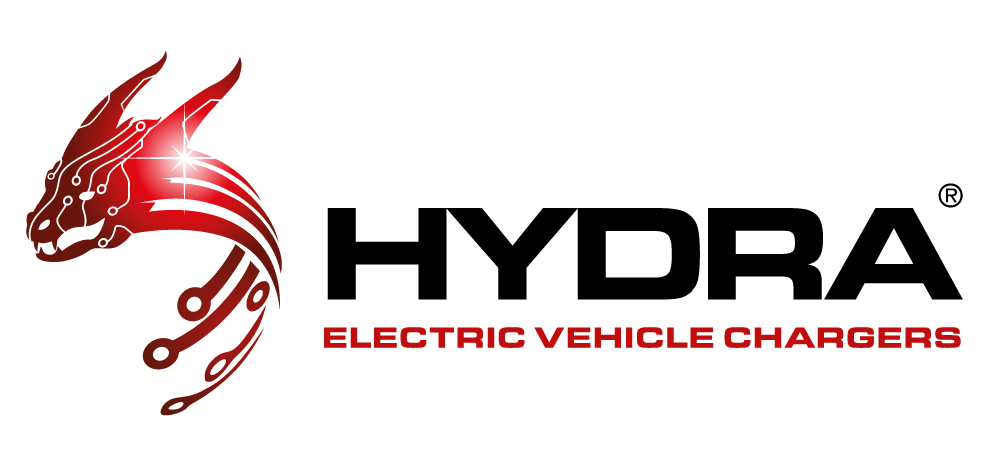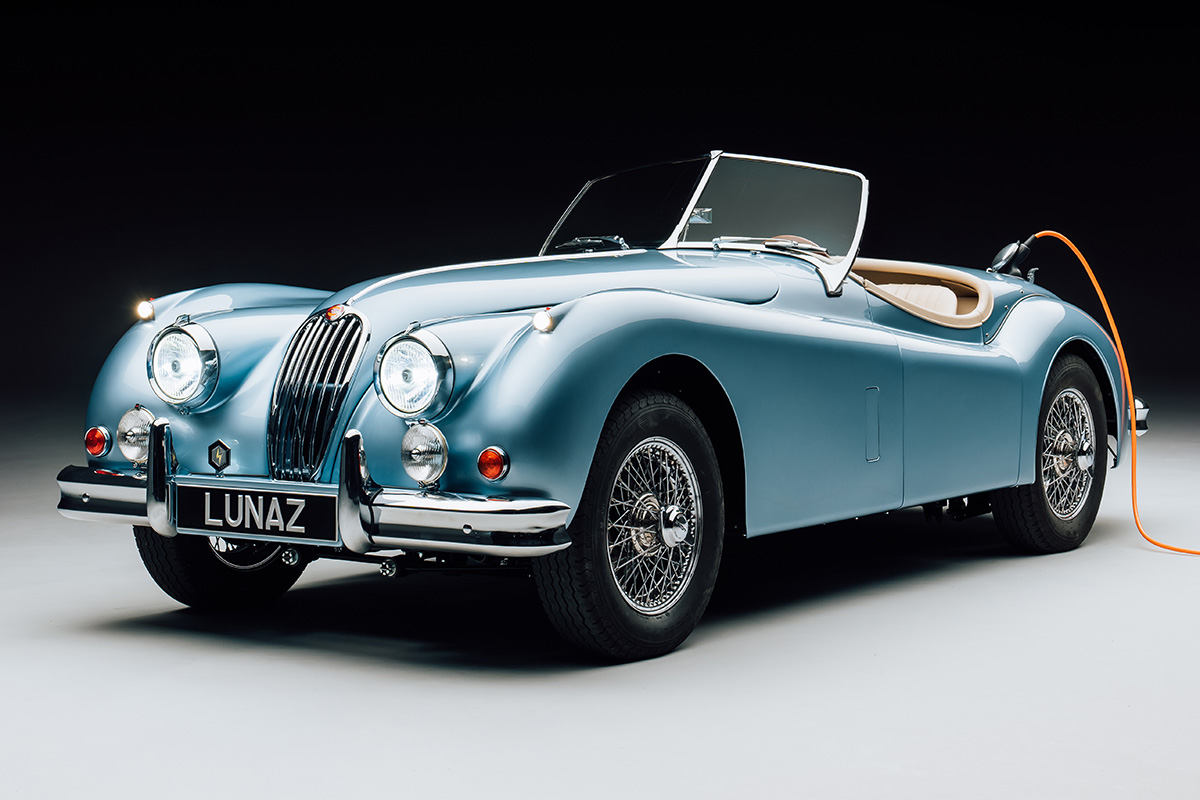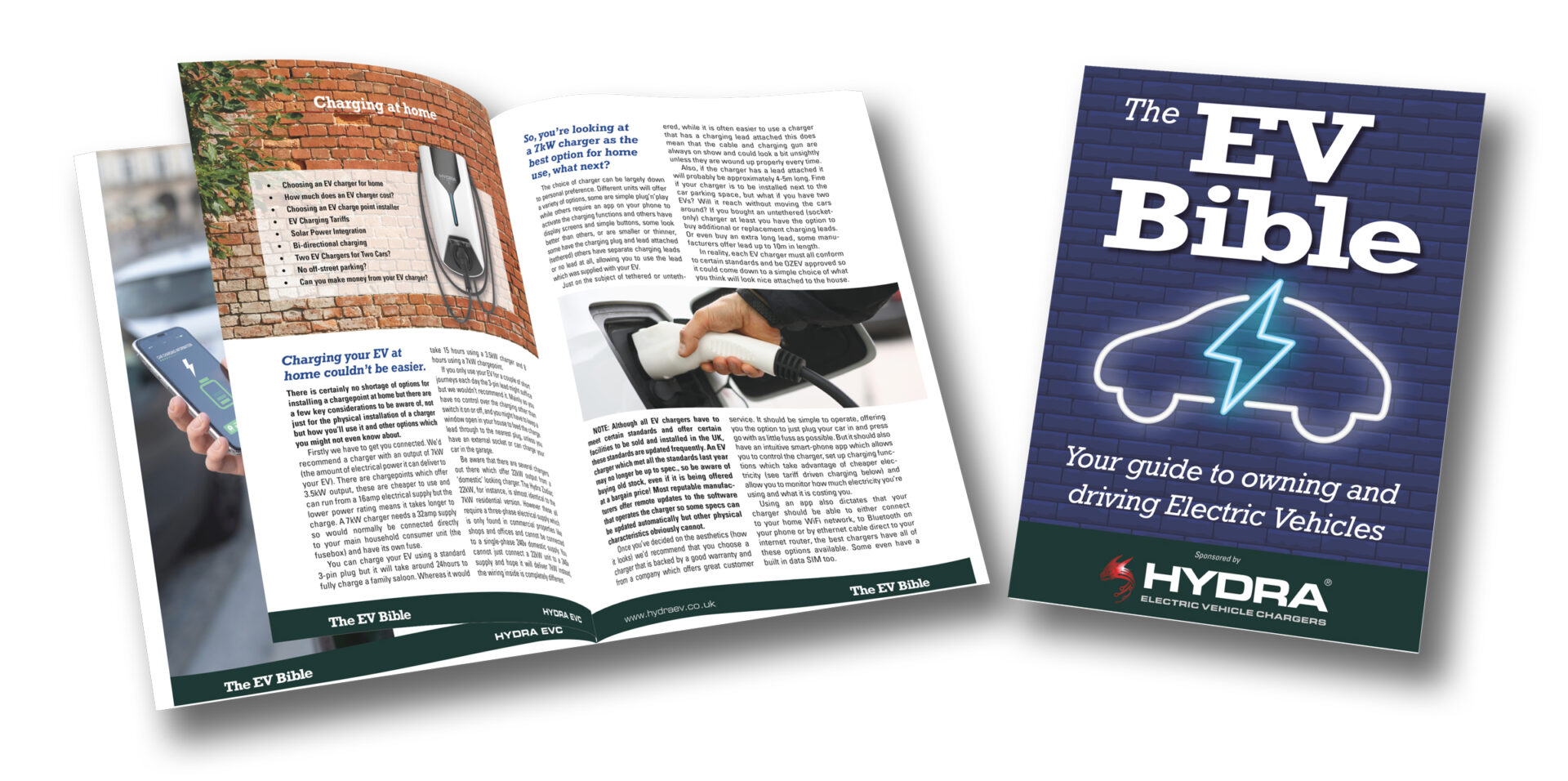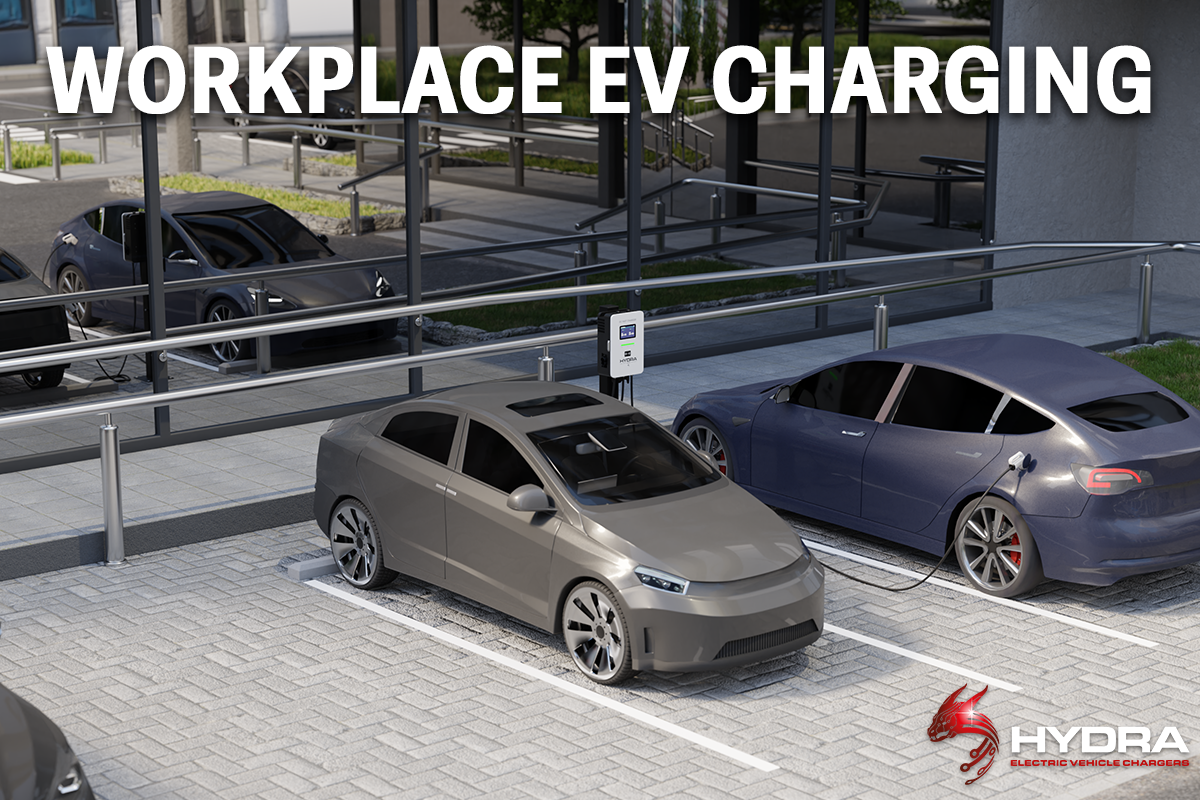While the early focus for mainstream manufacturers has been on developing new electric models there is a growing market in converting older petrol or diesel cars to battery power.
It’s actually not a new concept, enthusiastic DIY engineers have been swapping engines for batteries and motors for a long time. While in the past these may have been in the form of banks of standard 12v car batteries, there is now a huge market in the resale and salvage of accident damaged electric vehicles where the EV components are stripped from a vehicle and transplanted into another.
For cars with an ECU (the electronic brain) that controls everything from the fuel/air mix in the engine to the heater controls, transplanting an EV battery/motor setup can be problematic. The ECU will be looking for and monitoring signals and readings from sensors all over the vehicle, such as monitoring the exhaust gasses, for instance, so removing the exhaust will confuse the ECU which could affect other components in the vehicle.
For older pre-1990s vehicles this is actually an easier process than for more modern cars as there are very few, if any, electronic components in these cars. The older cars also won’t have those sensors communicating with the ECU. In these cars the EV transplant is simply treated as a different drivetrain, the rest of the vehicle is ‘dumb’ so is unaffected.
While some specialist companies will certainly have the knowledge and experience to deal with and reprogram ECU systems it is far easier if these were not there in the first place.
New classics
Companies such as Lunaz in the UK will take an already valuable vehicle and rebuild it onto an EV platform. They offer ‘new’ Jaguars, Rolls Royces, Bentleys and Range Rovers which have been completely rebuilt but retain the look and feel of the original from the 40s, 50s or 60s but with a hefty price tag. A good way to preserve the useful longevity of a vehicle but not one for the purists (some specialists do offer to preserve the original petrol/diesel drivetrain for you should you wish to go back to the bad old days later).
The company ‘Electric Classis Cars’ may be more familiar as it was featured in a popular TV series highlighting the diverse range of vehicles it can convert, from the tiny Fiat 500 to a Land Rover Defender and everything in between (search for ‘Vintage Voltage’ on YouTube or Quest TV channel). ECC will undertake conversions according to the customers’ requirements, from a basic powertrain swap to a full restoration.
Spending £30k-£50k on a conversion might not appear to make much financial sense, but for those who already own the vehicle it could still be cheaper than buying a new EV – there are not many new EVs costing less than £30k – and they get to keep and enjoy the vehicle they love for many more years to come.
The DIY approach
It should come as no surprise that there is a sizeable DIY market for converting older cars. Some of these vehicles only exist today due to the dedication of classic car enthusiasts and DIY engineers. While the scene is roughly split between those who view electrification as a complete travesty which ruins the original vehicle and those who see it as the best way to preserve the longevity of the car in a way which ensures it can be used for decades to come.
A good proportion of classic trucks and cars are not driven that far each year anyway so being limited to a range of 100-200 miles is not much of an issue. For these owners it is fairly straight forward to buy something like a Nissan Leaf, strip it down to remove the
electric drivetrain and transplant that into their classic.
The earliest Leaf was launched in 2010 so there are a fair number of still running but very affordable examples around.
Other convertors go down the Tesla route. The battery banks, motors and other components from Teslas are very easy to obtain, obviously more expensive than the Nissan Leaf but offering more power and a longer range too.
Then there are the semi-pro engineers who are able to design the entire system themselves, choose the individual components from multiple sources and build the vehicle to their precise specification. Whichever camp you might fall into there are numerous resources online and groups on Facebook where you can discuss your ideas and get inspiration from others.







